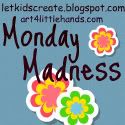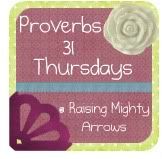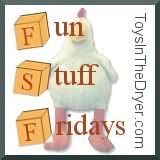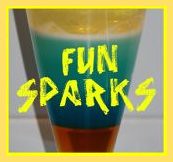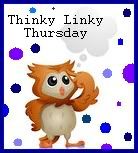
Earlier this year (after we got counting to 20 down =) I started using
Ray's Arithmetic with my three year old. If you're not familiar with Ray's, its a charming little set of textbooks from the 1870's that focuses on manipulative math that leads to mental math instead of today's common workbook mentality. It helps the child learn the 'why' of math by using household items to work the problem for themselves, instead of just memorizing fact tables without gaining any actual understanding. I love it because at only three years old, my son has been able to figure out every one of the questions in the lessons that we have done so far (we are up to lesson 11). Addition, subtraction, multiplication, and division have all been touched on in simple ways that children can grasp by simply moving pegs (or apples, or rocks, or whatever!) around.
If you frequent this blog and have seen my lesson plans, you may have noticed that we do math two days a week. I believe that Ray's suggests three days a week, but since Trevor is so young, I thought two was plenty enough. Ray's suggests taking one lesson per week, visiting it anew the first day and then going back to it subsequent days to see if the child's comprehension has deepened. Playing games that stimulate the 'math mind' are encouraged for days that do not officially have a math lesson.
I want to show you an example of what one lesson in
Ray's New Primary Arithmetic
would look like...
 |
There is a picture in the book, but I printed out my own so it would be larger, clearer, and able to manipulate. | | |
|
|
The questions would go like this (I modified a few since my picture is slightly different than theirs in the book):
- In the picture, how many birds are sitting in the tree?
- How many birds are flying in the air?
- There are three flowers on one branch and three flowers on another branch: how many flowers are there together on both branches?
Then the manipulation would start, looking like this...
 |
| Trevor moving the birds around to solve the questions below. |
The questions would go like this:
- How many birds are two birds and five birds?
- How many are seven birds and four birds?
- So, how many are 2 and 5? 7 and 4?
- How many birds are five birds and two birds?
- How many are four birds and seven birds?
- So, how many are 5 and 2? 4 and 7?
You can see how it gets them to start learning different things about numbers (like 2+5 is the same as 5+2) in a simple, fun, doable way. The goal is that eventually the child will naturally move from having to manipulate objects to solve a problem, to being able to visualize the solution. After doing this for a few months now, I have seen that Trevor no longer has to point to objects as he counts them and he is starting to be able to very simple problems without moving anything around (ex. If John has two apples and his sister gives him one more, how many apples does John have now?)
I think it's a really neat way to do math. Technically the
Rays Arithmetic Series
goes up to 8th grade (I don't know how long each individual child would take to go through it) and is less than $80 for the entire set that can be used over and over for subsequent children (no workbook pages that need to be replaced!) so for me it was worth the gamble and so far it has been totally worth it! Or if you are comfortable not having a physical book, you have get the entire thing for FREE online! Since the book is so old, it is public domain. You could just print out lessons as you need them or read to your child off of your eReader if you have one. Here is the
link to the free online book.
Have you ever used the
Rays Arithmetic Series
with your children? I'd love to hear how it worked for you!
















